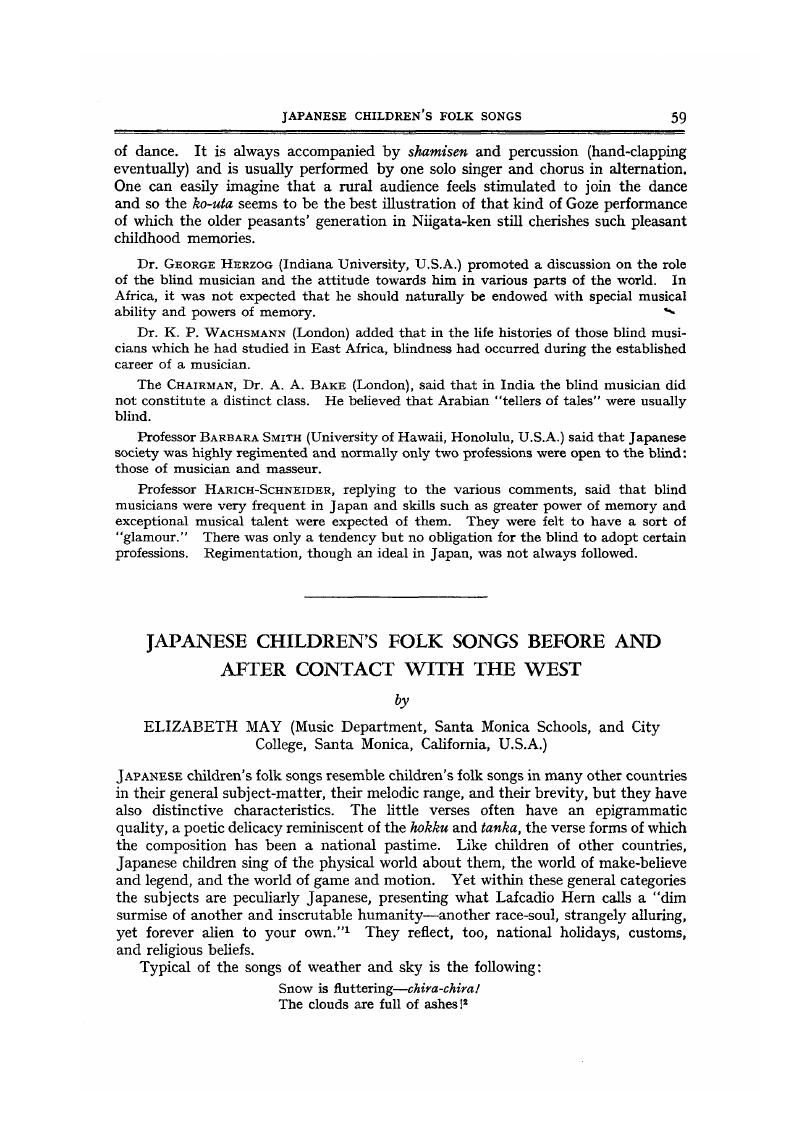Crossref Citations
This article has been cited by the following publications. This list is generated based on data provided by Crossref.
McGoldrick, Gerry
2010.
From Annie Laurie to Lady Madonna: A Century of Cover Songs in Japan.
Volume !,
p.
136.
McGoldrick, Gerry
2010.
D’Annie Laurie à Lady Madonna : un siècle de reprises au Japon.
Volume !,
p.
135.





